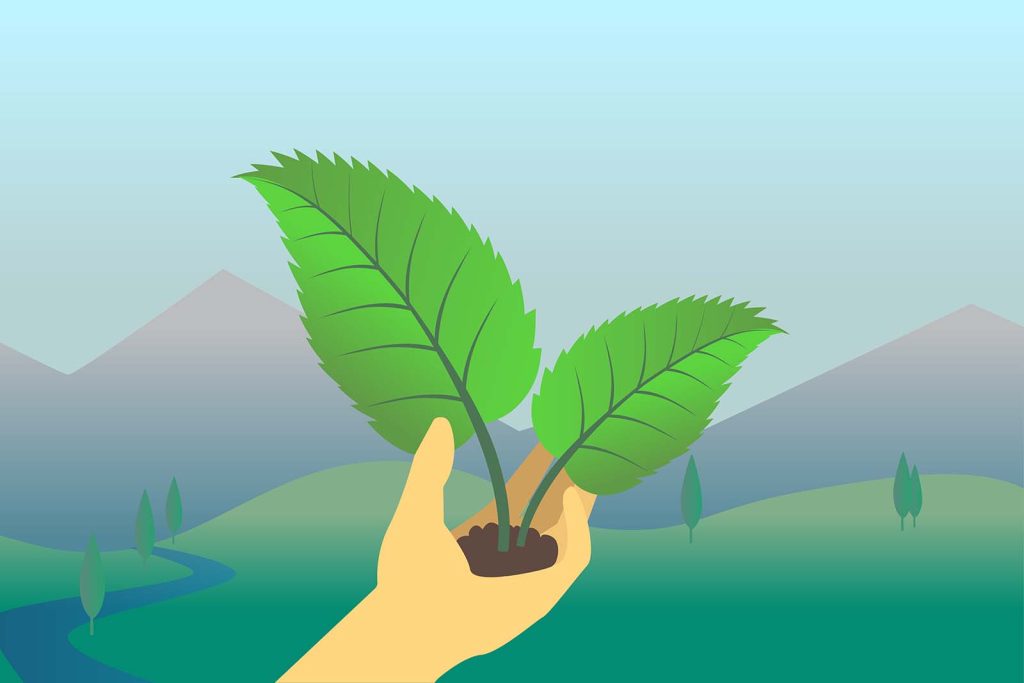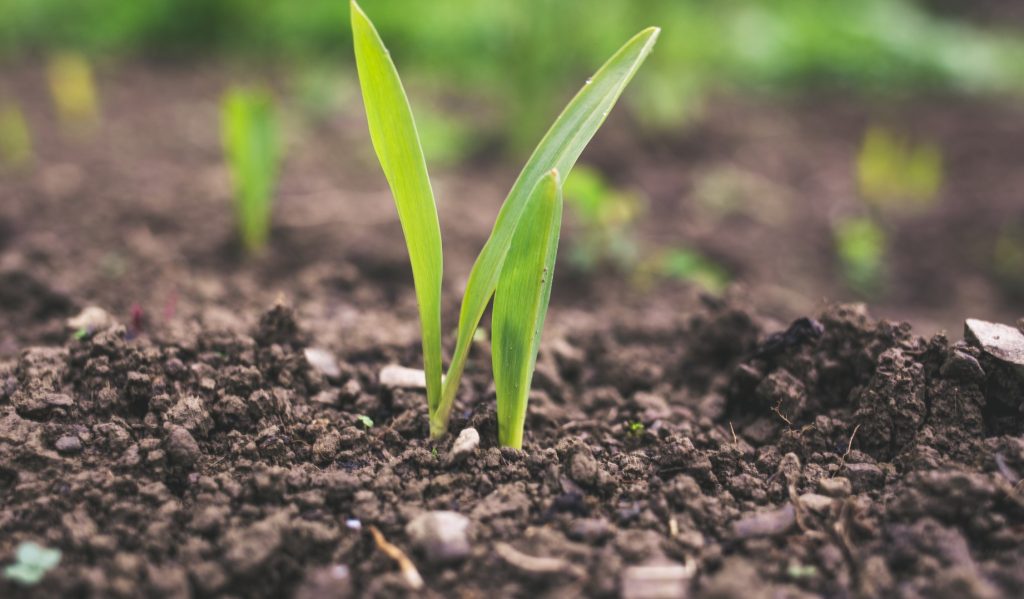Artificial intelligence (AI) is a rapidly growing field that has the potential to revolutionize the way we live and work. One industry that is particularly ripe for disruption by AI is agriculture. In recent years, we have seen a number of advances in the use of AI in the agricultural industry, and it is likely that this trend will continue in the coming years. In this article, we will explore how AI is impacting the agricultural industry and what the future may hold for this important sector.

The demand for agricultural products in the world will be affected by population growth, urbanization, and changing dietary habits. Image by PixeMeta Studio
Recent tech innovations in Agriculture
There have been many recent technological innovations in the agriculture industry. A few examples of tech innovations related to agriculture are:
- Drones
Drones equipped with sensors and cameras are being used to collect data about various aspects of the farming process, including soil conditions, crop growth, and pest infestations. This data can be analyzed using AI algorithms to identify trends and patterns that can be used to optimize the farming process.
- Autonomous farming systems
Autonomous farming systems use a combination of sensors, drones, and robots to perform various tasks on the farm, such as planting, watering, and weeding. These systems can operate around the clock and can be programmed to make decisions based on real-time data about soil conditions, weather patterns, and crop growth.
- Precision farming
Precision farming involves the use of advanced technologies, such as sensors, drones, and satellite imagery, to collect data about various aspects of the farming process. This data is analyzed using AI algorithms to identify trends and patterns that can be used to optimize the farming process.
- Vertical farming
Vertical farming involves the use of stacked layers of hydroponic trays to grow plants in a controlled environment. This approach allows for year-round production and can be used to grow a wide range of crops, including leafy greens, herbs, and small fruits.
- Smart irrigation systems
Smart irrigation systems use sensors and other technologies to monitor soil moisture levels and adjust watering schedules accordingly. This can help to reduce water waste and improve crop yields.
The key ways how AI involved in agriculture
One of the key ways in which AI is impacting the agricultural industry is through the use of precision farming techniques.
Precision farming involves the use of advanced technologies, such as sensors, drones, and satellite imagery, to collect data about various aspects of the farming process, including soil conditions, weather patterns, and crop growth. This data is then analyzed using AI algorithms to identify trends and patterns that can be used to optimize the farming process. For example, AI can be used to identify the optimal time to plant and harvest crops, and to identify areas of the field that may be in need of additional nutrients or pest control.
Another area where AI is having a significant impact on agriculture is in the development of new crops and livestock breeds. Traditionally, the development of new crops and livestock breeds has been a slow and labor-intensive process, involving years of breeding and testing to identify the best traits.
However, AI technologies are now being used to speed up this process by analyzing genetic data to identify the most promising candidates for breeding. This could lead to the development of new crops and livestock breeds that are more resistant to pests and diseases, and that are better adapted to changing climate conditions.

Another area where AI is having a significant impact on agriculture is in the development of new crops and livestock breeds. Photo by Roman Synkevych
AI is also being used to improve the efficiency and productivity of the agricultural supply chain. For example, AI algorithms can be used to optimize the routing of trucks and other vehicles to reduce the amount of time and fuel required to transport goods from farm to market. Additionally, AI can be used to improve the accuracy of crop yields, which can help farmers to plan for the future and make more informed decisions about how to allocate their resources.
AI applications in the agricultural industry
One of the most promising applications of AI in the agricultural industry is in the development of autonomous farming systems. These systems use a combination of sensors, drones, and robots to perform various tasks on the farm, such as planting, watering, and weeding.
Autonomous farming systems can operate around the clock, and they can be programmed to make decisions based on real-time data about soil conditions, weather patterns, and crop growth. This could potentially lead to a significant increase in the efficiency and productivity of the farming process, as well as reducing the labor requirements.
Is there any negative impact of AI on agriculture?
There are, however, some concerns about the potential negative impact of AI on the agricultural industry. One concern is that the use of AI may lead to job loss in the industry, as machines take over tasks that were previously performed by human workers. Another concern is that the use of AI may increase the concentration of power in the hands of a few large corporations, as smaller farmers may not have the resources to invest in the expensive technology. It is important that these issues are carefully considered as the use of AI in agriculture continues to grow.

In the coming years, there will be a boom in innovative agriculture as new technologies and techniques are developed to meet the increasing demand for food globally.
Photo by Jan Kopřiva
Overall, it is clear that AI is having a significant impact on the agricultural industry, and this trend is likely to continue in the coming years. The use of AI in precision farming, the development of new crops and livestock breeds, and the optimization of the agricultural supply chain are all examples of how this technology is transforming the way we produce and consume food. While there are some concerns about the potential negative impact of AI on the agricultural industry, it is clear that this technology has the potential to revolutionize the way we grow and harvest our food, leading to increased efficiency and productivity.
What will be the demands of the agricultural sector in the next decade?
The demand for agricultural products is likely to increase significantly over the next decade due to a number of factors. These include population growth, urbanization, and changing dietary habits. In order to meet this demand, the agricultural sector will need to adapt and evolve in order to become more efficient and productive. Here are some of the key demands that the agricultural sector is likely to face over the next decade:
- Increased productivity: With the global population expected to reach around 9.7 billion by 2050, there will be a need to increase food production in order to feed this growing population. To meet this demand, the agricultural sector will need to become more productive, which will require the use of advanced technologies such as precision farming, autonomous farming systems, and smart irrigation systems.
- Sustainability: As concerns about climate change and the environment continue to grow, there will be increasing pressure on the agricultural sector to become more sustainable. This will likely involve the use of sustainable farming practices, such as reducing the use of pesticides and fertilizers, conserving water, and reducing greenhouse gas emissions.
- Efficiency: The agricultural sector will need to become more efficient in order to meet the increasing demand for food while also reducing costs. This could involve the use of advanced technologies such as AI and machine learning to optimize the farming process, as well as the use of more efficient equipment and techniques.
- Adaptability: The agricultural sector will need to be able to adapt to changing conditions, such as shifts in weather patterns, changing consumer preferences, and changes in the global market. This will require the use of technologies such as precision farming, which can help farmers to adapt to changing conditions in real-time.
- Innovation: The agricultural sector will need to continue to innovate in order to stay competitive and meet the increasing demand for food. This will likely involve the development of new crops and livestock breeds that are better adapted to changing conditions, as well as the use of new technologies such as AI and machine learning.
To sum up, the agricultural sector will face a number of challenges over the next decade as it works to meet the increasing demand for food. In order to succeed, it will need to become more productive, sustainable, efficient, adaptable, and innovative and in this job, we’ll obviously need some help from machines with their artificial intelligence.

